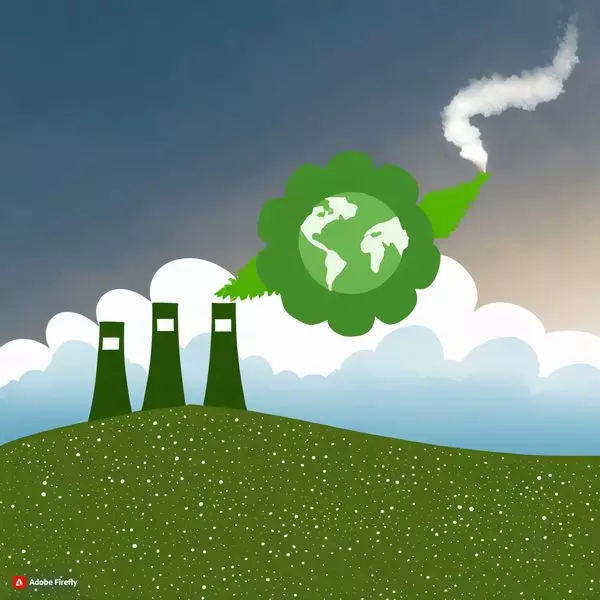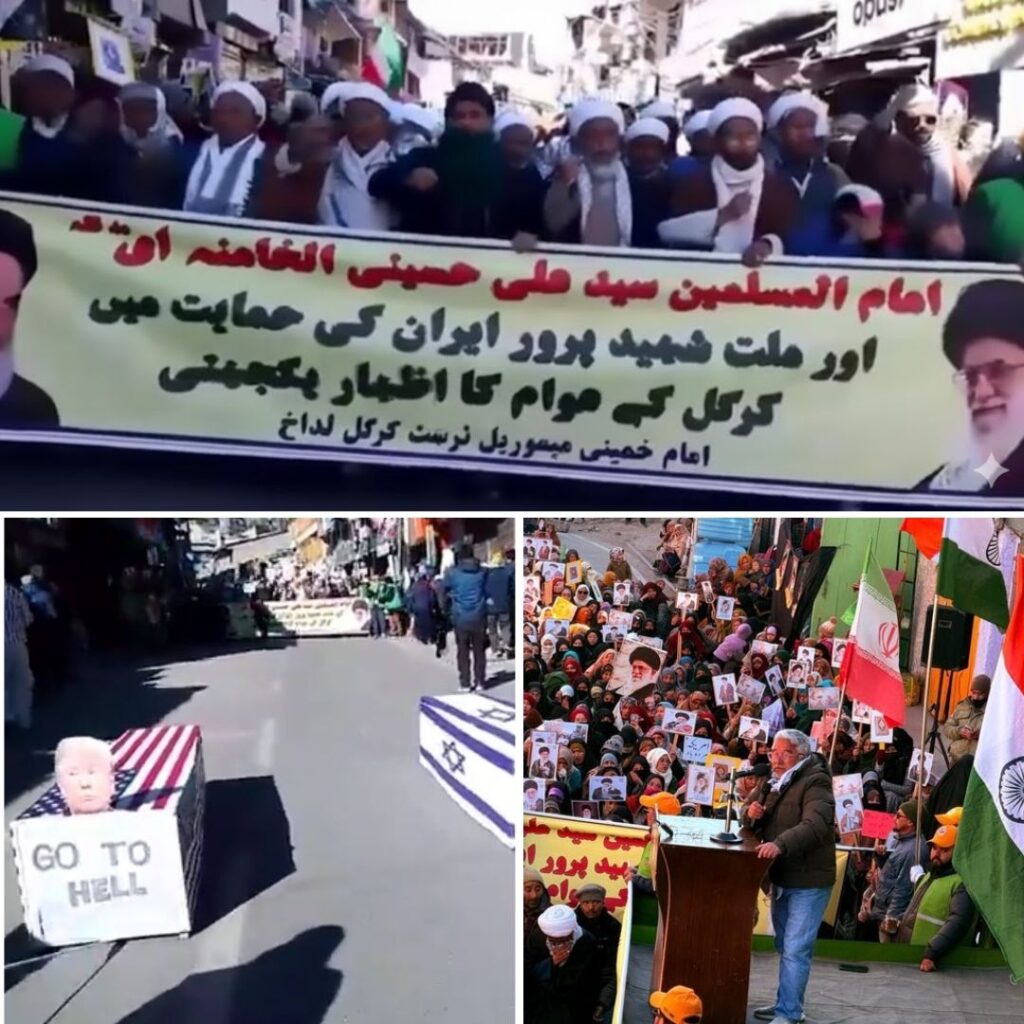Delhi and its surrounding areas continue to grapple with severe air pollution, with the national capital experiencing a thick smog cover for the fourth consecutive day. The overall Air Quality Index (AQI) stood at 354 on Monday morning, a slight improvement from 410 on Sunday and 504 on Saturday.
Numerous locations across Delhi reported an AQI of over 400 at 6 a.m. on Monday, according to data from the Central Pollution Control Board (CPCB). The AQI readings included 466 in RK Puram, 402 in ITO, 471 in Patparganj, and 488 in New Moti Bagh.
The most alarming air quality was recorded in Delhi’s Anand Vihar area, which registered ‘hazardous’ air quality with an AQI of 999. Mundka recorded an AQI of 633 as of 7 am on Monday, according to aqicn.org. Several other areas, including ITI Shahdra, Sonia Vihar Water Treatment Plant, Jawaharlal Nehru Stadium, and Delhi Institute of Tool Engineering, also reported ‘hazardous’ air quality on Monday morning.
The AQI scale categorizes air quality as follows: 0-50 (good), 51-100 (moderate), 101-200 (poor), 201-300 (unhealthy), 301-400 (severe), and 401-500 (hazardous), as per a report in Business Today.
In response to the worsening air quality, the Delhi government has extended the closure of all primary schools until November 10. Schools have been granted the option to conduct online classes for students in classes 6 to 12. Previously, the Delhi government had ordered schools to remain closed until November 4.
The Commission for Air Quality Management (CAQM) invoked stage IV of the Graded Response Action Plan (GRAP) throughout the National Capital Region (NCR) on Sunday, effective immediately, to mitigate further air quality deterioration. This plan imposes an eight-point action plan in the NCR region, which includes restricting entry for truck traffic into Delhi (except those carrying essential commodities or providing essential services), banning Delhi-registered medium and heavy goods vehicles (with exceptions for essential commodities and services), and allowing state governments to decide on online classes for students and remote working for public and private offices.
Additional measures may include closing colleges and other educational institutions, halting non-essential commercial activities, and implementing the odd-even scheme as deemed necessary by state governments.
The deteriorating air quality in New Delhi has prompted health and safety concerns for cricketers as well amid the ongoing World Cup tournament. Sri Lanka’s training session was called off, raising questions about the feasibility of holding international sporting events in the city amidst such pollution levels.
The Supreme Court took action after reportedly learning that the two smog towers in Delhi had been shut down. On Tuesday, the court summoned the chairman of the Delhi Pollution Control Committee (CPCC), Ashwani Kumar, and directed the immediate operationalization of the smog towers, reported India Today.
The SC issued a stern warning to the governments of Punjab, Delhi, Uttar Pradesh, and Rajasthan to halt the practice of stubble burning, given the deteriorating air quality in the national capital.
The Supreme Court specifically directed Punjab to take immediate measures to stop farm fires. The court also emphasized that the states should be provided assistance in transitioning to alternative crops to mitigate the risk of farm fires.
Also Read: Empowering MSMEs: The Role Of TReDS As Catalyst For Financial Support













